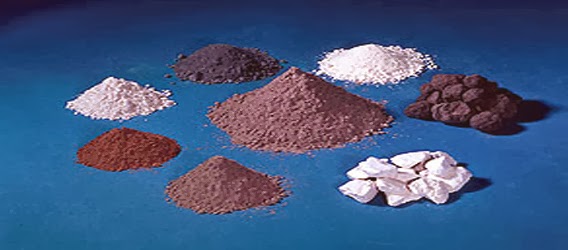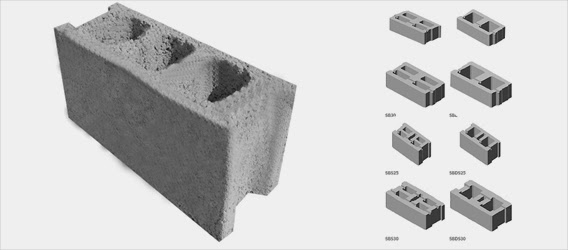 |
| Tests on Concrete |
The
following are some of the important tests conducted on concrete:
1.Slump test.
2.Compaction
factor test.
3.Crushing
strength test.
1.Slump Test: This test is conducted to
determine the workability of concrete. It needs a slump cone for test. Slump
cone is a vessel in the shape of a frustum of a cone with diameter at bottom
200 mm and 50 mm at top and 300 mm high. This cone is kept over a impervious
platform and is filled with concrete in four layers. Each layer is tamped with
a 16 mm pointed rod for 25 times. After filling completely the cone is gently
pulled up. The decrease in the height of the concrete is called slump. Higher
the slump, more workable is the concrete. The desired values of slumps for
various works.
2.Compaction Factor Test: This is another test to identify
the workability of concrete. This test is conducted in the laboratory. The test
equipment consists of two hoppers and a cylinder fixed to a stand, the
dimensions and the distances between the three vessels being standardized.
3.Crushing Strength Test: Metallic moulds of size 150 mm ×
150 mm × 150 mm are used for casting concrete cubes. Before filling mould, it
is properly oiled on its inner surfaces, so that cubes can be easily separated.
Fresh cube is filled with concrete to be tested in 3 layers and kept in the
room. After24 hours, cube is removed from the mould and kept under water for
curing. After 28 days of curing cubes are tested in the compression testing
machine. In this test cubes are placed over the smooth surface which is in
contact with side plates of mould. The crushing load is noted and crushing strength
his found as load divided by surface area (150 × 150 mm2).
Code specify
the desirable strength of concrete for 3 days and 7 days for quick assessment
of strength of concrete.






